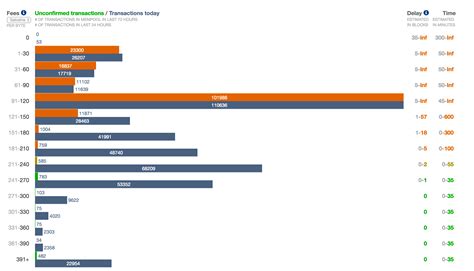Metamask: MetaMask – Internal JSON-RPC error
MetaMask: Internal JSON-RPC Error – A Guide
As a developer building an NFT marketplace, internal JSON-RPC errors can be frustrating. One such error occurs when trying to purchase NFTs using MetaMask, a popular browser extension for interacting with decentralized applications (dApps) on Ethereum. In this article, we’ll explore what causes this error, how to fix it, and best practices for building a robust NFT marketplace.
What is JSON-RPC?
JSON-RPC is a protocol that allows dApps to communicate with the Ethereum Virtual Machine (EVM). It allows developers to interact with smart contracts, which are self-executing contracts with the terms of the contract written directly into lines of code. In the context of NFT marketplaces, it facilitates the buying and selling of assets by allowing users to perform transactions using MetaMask.
Error 3: “execution rolled back”
The error you are encountering is likely due to an internal JSON-RPC error in your NFT marketplace smart contract or when interacting with external services such as MetaMask. This error is caused by the EVM attempting to roll back a previously accepted transaction, causing the execution to be canceled.
Causes:
- Incorrect contract function calls: Using incorrect function calls or arguments can result in unexpected behavior, which can lead to internal errors.
- Uninitialized variables: Improperly initialized variables can cause the EVM to error when attempting to execute a transaction.
- Out of gas or corrupted: The gas (given) used for transactions may be out of gas or corrupted, causing the execution to be retried.
Resolving Internal JSON-RPC Errors
To resolve internal JSON-RPC errors such as “execution resumed” in the NFT marketplace:
- Check contract function calls: Review all contracts and ensure that function calls are correct.
- Initialize variables correctly: Initialize variables before using them, especially for complex calculations or state management.
- Validate gas: Check the gas used for operations to ensure that it does not exceed the allowed limit. You can use tools such as Truffle Suite’s “gas” option or MetaMask’s “txGasEstimation” function to validate.
- Use “txConfirmations” and “gas”:
To avoid rollbacks, consider using “txConfirmations=2” and adjusting the gas amount if necessary.
Best Practices for Building an NFT Marketplace:
- Use a Secure Coding Style: Follow established security coding best practices, such as validating user input and ensuring proper state management.
- Test Thoroughly
: Perform unit testing, integration testing, and UI testing to catch errors early in the development cycle.
- Validate User Input: Always validate user input to avoid unexpected behavior or errors.
- Monitor Gas Usage: Monitor gas consumption to ensure it is within acceptable limits and adjust as needed.
Conclusion:

Internal JSON-RPC errors like “execution canceled” can be annoying, but understanding the causes and implementing debugging and development best practices can help you resolve these issues quickly. By following the guidelines outlined in this article, you will be able to build a robust NFT marketplace that your users will love.
Additional Resources:
- MetaMask Documentation: <
- Truffle Suite Documentation: <
Remember to stay up to date with the latest developments in Web3 and dApps, as new issues and solutions are constantly emerging.


